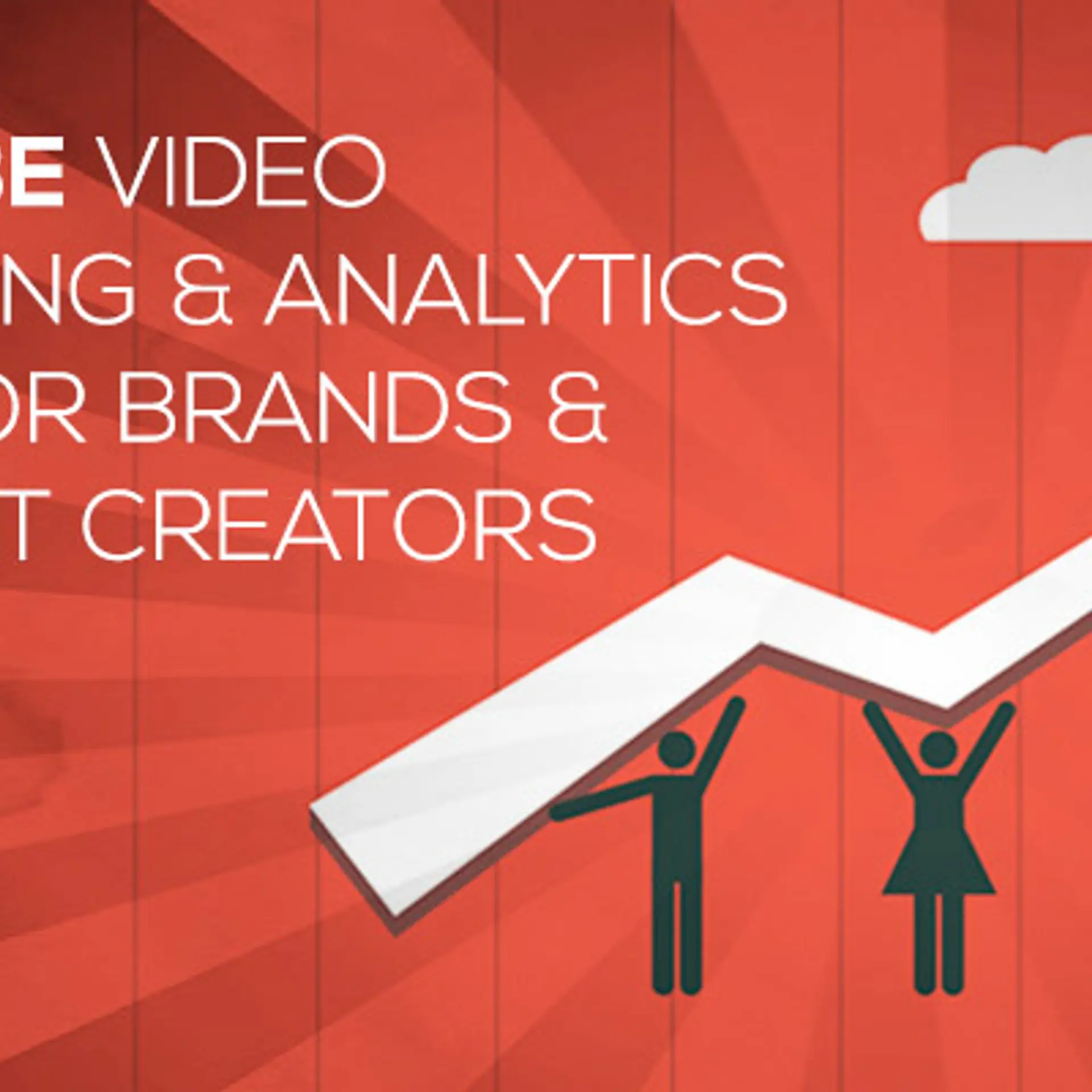Coronavirus: How marketers can etch out meaningful digital marketing campaigns
In a post-coronavirus world, brands must realign products and promotions, and find innovative ways to bring services indoors and leverage the bump in demand.
The world economy is reeling under the effect of the COVID-19 crisis. But as countries and states slowly open up, it becomes critical for marketers to leverage the upcoming surge in consumption, as people venture outside, avail services, and purchase non-essential products for the first time in months.
The situation, however, is not business as usual.
To best leverage this opportunity, marketers need to identify how to flesh out meaningful digital marketing campaigns during and post-COVID: proactive approaches to sell products and services in a world where buying capacity, trust, and physical access are all depressed.

The branding bump is coming
A key question to ask is “why right now?”
Now is the best time for marketers to realign their digital campaigns because countries around the world are gradually lifting lockdowns and restrictions for the first time. Consumers have been cooped up at home for months without access to non-essential goods and services, and unable to participate in public activities.
Evidence from countries that have already lifted their lockdowns indicates that people are still afraid of leaving home even when a lockdown is not in force.
After the lockdown lifts, we expect a bump in demand for goods and services across the board. However, growth will remain concentrated on products and services consumers can access at home or via remote delivery services.
Brands will need to realign products and promotions accordingly. To leverage the bump in demand, they will need to find innovative ways to bring services indoors, through technology.
Rationalise budgets and expenditure
The world is in crisis right now and most businesses, including marketing agencies, are doing their best to consolidate and stay afloat. At this juncture, revenue will likely be limited, as will client budgets.
Marketers will need to take a sharp look at budgeting priorities and allocate resources to areas with the greatest possible ROI. Online ads, social media promotions, and influencer collaborations all offer budget-friendly alternatives to mainstream advertising channels like TV.
Marketers need to accelerate the pivot towards digital, not just because that’s where the audience is, but because digital campaigns offer great value at a time when resources are stretched thin.
Influencer collabs, in particular, are of great utility in the here and now. The drop in CPC and CPV revenue means that influencers themselves are looking for ways to maximise their outreach. This means marketers will be able to extract better value from influencer collabs, with more product positioning, name drops, and favourable reviews.
Identify and address changing consumer needs
Consumers today have radically different needs and priorities compared to even just six months ago. Marketing approaches that worked last year, products that worked last year, just don’t right now.
Flash mobs, sport event branding, and even influencer mall halls are no longer viable because consumers look at public spaces with suspicion. Consumers are more digital than ever and this reflects in massive user engagement growth across digital platforms.
Digital, at-home consumers have substantially different needs and priorities that digital marketers can leverage. Clothing brands, for instance, are making use of AR technology to enable “virtual fitting rooms”. When customers like what they see in the AR preview, they place an order: engagement is pure-play digital from end to end.
With the resource crunch everyone’s facing, customer priorities are also different. Tangible product value matters. Many consumers are looking away from aspirational brands and products, and focusing on products with tangible utility. This requires digital marketing campaigns to realign their priorities. In digital campaigns, it’s a good idea to focus on workhorse product lineups as opposed to more aspirational SKUs.
While the timing of its release was coincidental, the recent launch of Microsoft’s Surface Go 2 is a case in point: consumers find tangible, utilitarian value in a $399 Windows tablet that does most of the work of a $2,000 laptop.
Recategorising customers
Digital brands today are rethinking market segmentation to better reflect the current scenario. Alongside conventional demographic and psychographic factors like income level, and education, brands are segmenting consumers in terms of risk appetite.
Consumers with the highest risk appetites are likely to go outside and avail goods and services in person as soon lockdown laws lift. They’re also more likely to access “risky” services like eating out at restaurants earlier. Consumers with a lower risk appetite will likely prioritise digital storefronts, home delivery, and low-contact activities for months to come.
There’s no telling how long the pandemic is expected to last, or if further lockdowns will take place in the weeks and months to come. But, it’s up to marketers to identify how ground realities have shifted and adapt these changes into successful, COVID-proof digital marketing strategies.
Edited by Teja Lele
(Disclaimer: The views and opinions expressed in this article are those of the author and do not necessarily reflect the views of YourStory.)








